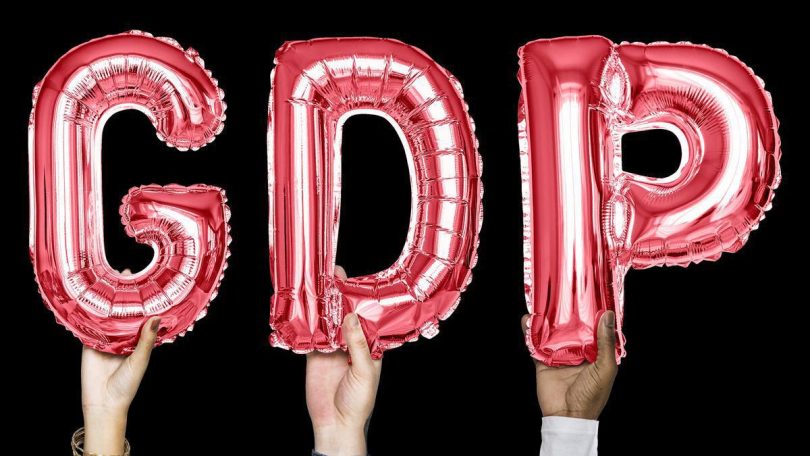[ad_1]

Image used for representation purpose only.
India’s real GDP growth in 2023-24 is estimated at 7.3% as compared to 7.2% in 2022-23, as per the first advance estimates of national income released by the National Statistical Office (NSO) on January 5. The NSO’s economic growth estimates are higher than the 7% growth for the year recently projected by the Reserve Bank of India.
As per initial estimates from the NSO, real GDP growth in the first half of this year stood at 7.7%. Following that estimate, the central bank had, in December, raised its growth estimate for the year to 7% from a 6.5% forecast earlier.
Despite a year-on-year uptick in the GDP growth rate, the NSO expects the growth in Gross Value Added (GVA) in the economy to ease slightly from 7% in 2022-23 to 6.9% this year.
The share of private final consumption expenditure in GDP is expected to drop this year to the lowest in at least three years at 56.9% from 58.5% in 2022-23.
Also read: A new economics for inclusive growth
GVA growth for the farm sector is estimated to more than halve from 4% a year ago to 1.8% this year, as is the case for Trade, Hotels, Transport, Communication and Services whose GVA uptick is estimated to moderate to 6.3% from 14% in 2022-23.
However, Manufacturing GVA growth is estimated to accelerate to 6.5% in 2023-24 from just 1.3% a year earlier, while mining GVA is expected to rise 8.1%, from 4.6% in 2022-23. Construction GVA growth is reckoned to remain solid at 10.7% this year, on top of the 10% uptick recorded in 2022-23.
GVA growth from utilities like electricity, gas and water supply is pegged at 8.3%, from 9% last year, while Financial, Real Estate and Professional Services’ GVA is expected to speed up to 8.9% from 7.1% in 2022-23.
“Real GDP or GDP at Constant (2011-12) Prices in the year 2023-24 is estimated to attain a level of ₹171.79 lakh crore, as against the Provisional Estimate of GDP for the year 2022-23 of ₹160.06 lakh crore, released on 31st May, 2023,” the NSO said.
The advance national income estimates are generally based on high-frequency indicators for the first six to eight months of the year along with extrapolations from previous year’s trends. The NSO stressed that these are early projections for 2023-24 and improved data coverage, actual tax collections and expenditure incurred on subsidies, data revisions made by source agencies, etc. would have a bearing on subsequent revisions of these estimates. “Users should take this into consideration while interpreting the figures,” it underlined.
The First Revised Estimates for 2022-23 are due for release on February 29 and may also lead to a revision in growth rates reflected in the advance estimates released on January 5.
The Reserve Bank of India has, following its last monetary policy review, pegged third quarter real GDP growth in this financial year at 6.5%, which may moderate further to 6% in the January to March 2024 quarter.
While the real GDP growth estimate is “much higher” than RBI’s 7% projection, the NSO has pegged nominal GDP growth at 8.9% compared to the 10.5% projected in the Budget, pointed out Bank of Baroda chief economist Madan Sabnavis.
“This will push up the fiscal deficit ratio to 6% of GDP under ceteris paribus conditions,” he said. The government had set a target to bring that deficit down to 5.9% of GDP this year.
The weak agriculture GVA growth was expected as the Kharif crop is projected to drop and Rabi sowing has been slow. The decline in contact-intensive services’ GVA growth could be attributed to base effects of higher growth in 2022-23, he reckoned.
[ad_2]
Source link








